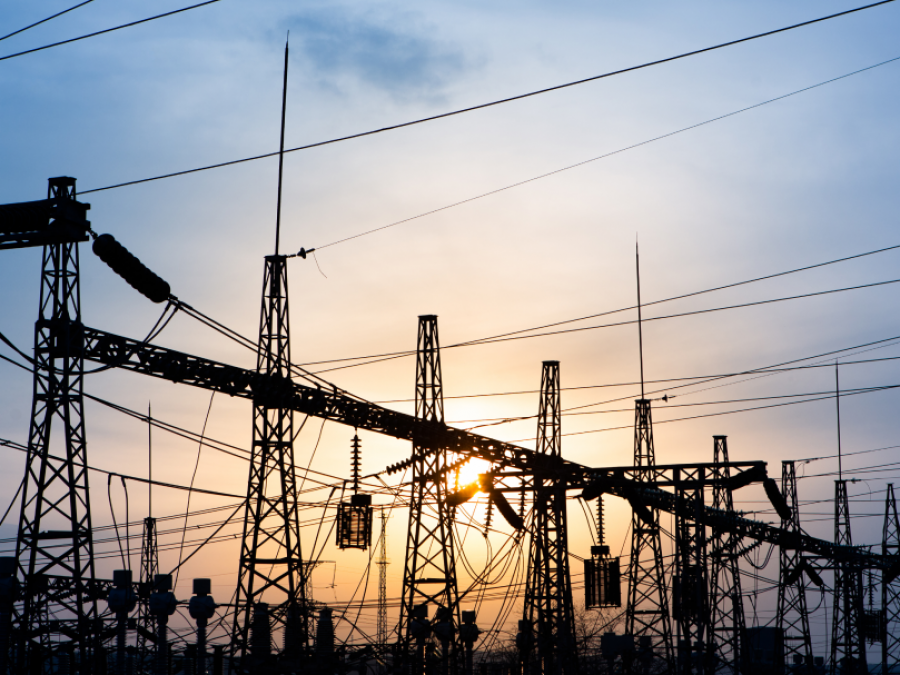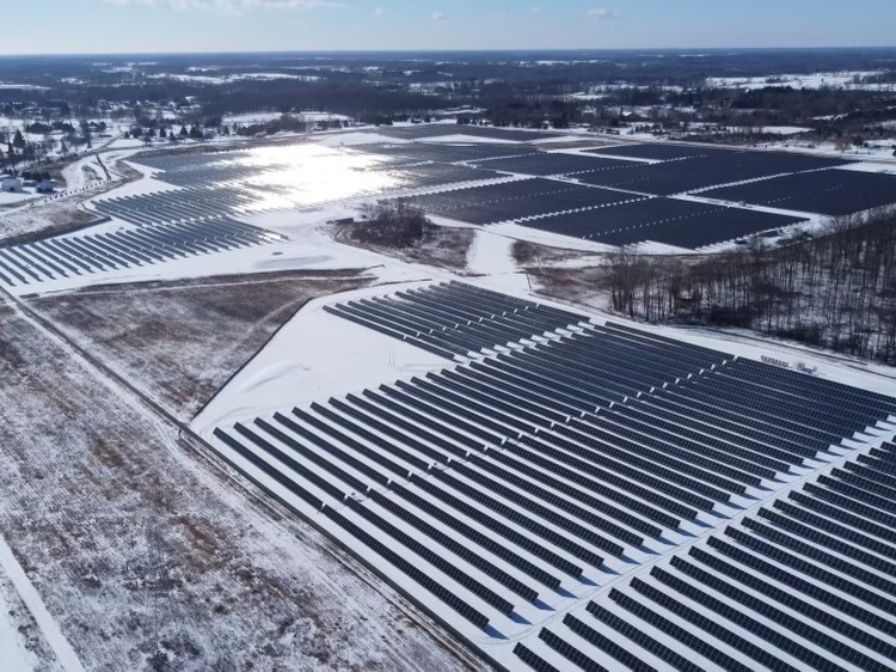Utility-Scale Solar
Your Partner in Building Solar
Power Stations
Through our utility-scale projects, landowners have an opportunity to fuel rural economic development and modernize our nation’s infrastructure.
150
Projects in Progress
9 GW
Under Development
34 States
National Footprint
50,000
Acres of Land Leased
Success Means Serving All Stakeholders

Landowners
Secure a consistent source of revenue for 30+ years and have a large positive impact on your local community by hosting a utility-scale solar farm. Our success is rooted in strong relationships. We work closely with landowners to find the best locations for solar generation. Our team works diligently with you to ensure a smooth process by completing all on-site due diligence, obtaining the necessary land use permits, and implementing the project from design to completion.
Solar projects provide reliable, long-term lease payments to landowners, offering financial stability that can help sustain family-owned land for generations to come.
Hosting solar allows landowners to maximize underutilized portions of their land while leaving room for other activities such as grazing or farming, creating a dual income stream and reducing reliance on traditional agriculture alone.
Solar projects reduce the need for intensive farming, allowing soil and ecosystems to recover. Optional dual-use practices such as planting pollinator habitats can help maintain the land’s natural health and biodiversity.
We value and advocate for property rights. We also have a deep understanding of who solar can coexist with agricultural operations.

Communities
ESA’s people-centered approach to utility-scale solar delivers lasting benefits to the communities where we build. We want the people who live, work, and play near our projects to feel a sense of shared ownership, and to see real, local impact. That’s why we offer economic development packages and community impact grants that support revitalization, education, healthy living, environmental goals, and more.
Community solar projects contribute to a diversified tax base, providing additional revenue for local governments without increasing the strain on services like schools, police, and hospitals.
Solar projects generate economic benefits such as job growth during construction and operation. They can also attract new businesses interested in tapping into solar energy.
Unlike some industrial developments, solar farms are quiet and unobtrusive, blending into the local surroundings and minimizing disruptions to residents.
Solar projects can incorporate wildlife-friendly practices such as native plantings and thoughtful fencing, preserving habitats for small animals, birds, and pollinators.
Solar projects reduce pressure for urban development and offer a healthy respite from intensive farming, which allows the soil to rest and organic matter to rebuild.

Power Providers
Transition to a low-carbon grid by collaborating with an experienced full-service land development company. We work in a variety of partnership models and structure project development agreements in both distributed-scale and transmission or utility-scale markets. Our team consists of developers, engineers, and on-site construction managers who implement your project from design to completion.
ESA sources land strategically for utility-scale projects, starting with market analysis to identify areas with strong energy demand and grid access. We assess site feasibility, engage landowners through direct outreach, and manage negotiations and title work to secure clear, developable land rights.
ESA prioritizes community engagement through early and ongoing outreach. We work closely with local stakeholders, hosting community meetings to share project details, address concerns, and gather feedback. Our team also conducts educational outreach to help residents understand the benefits of utility-scale energy projects, including job creation, increased tax revenue, and long-term economic value.
ESA manages planning and zoning processes while coordinating with surveyors, consultants, and engineers to meet all permitting requirements. We also work with local officials to pursue tax abatements and economic incentives that benefit both the project and the community.
Our in-house engineering team develops detailed single-line diagrams and prepares all materials for interconnection applications. We also conduct thorough interconnection feasibility studies and grid impact analyses to ensure efficient, cost-effective integration with existing infrastructure.
Get In Touch.
Connect with our team to get started.





